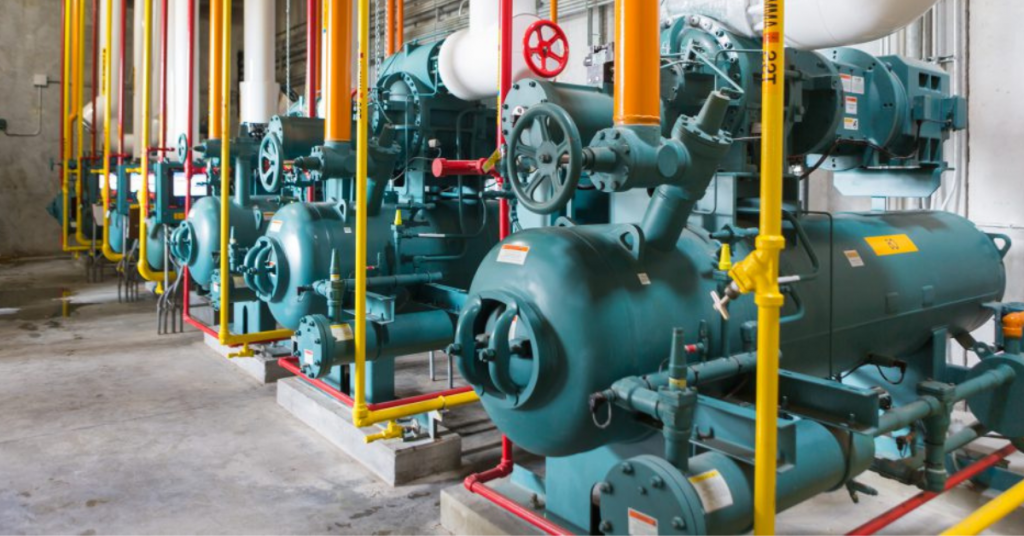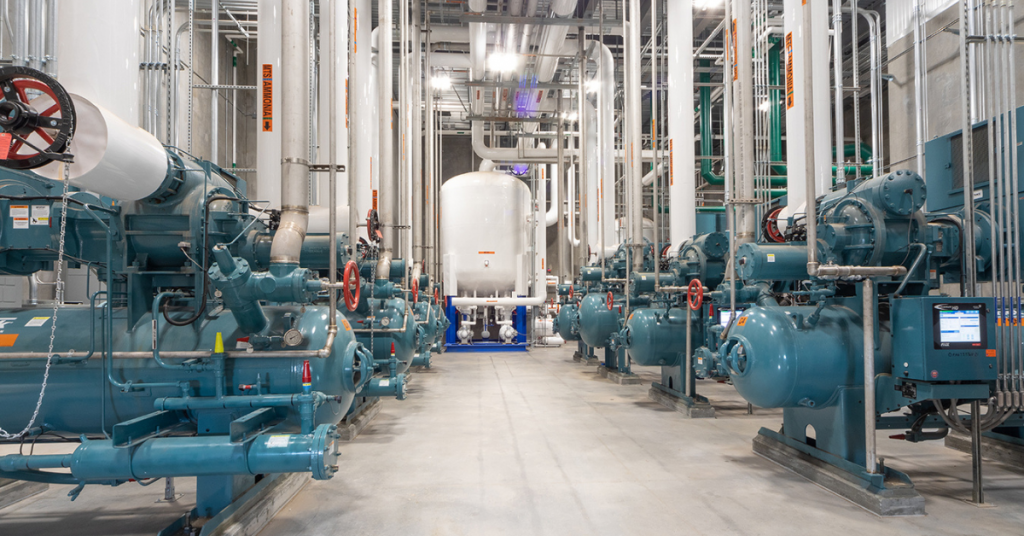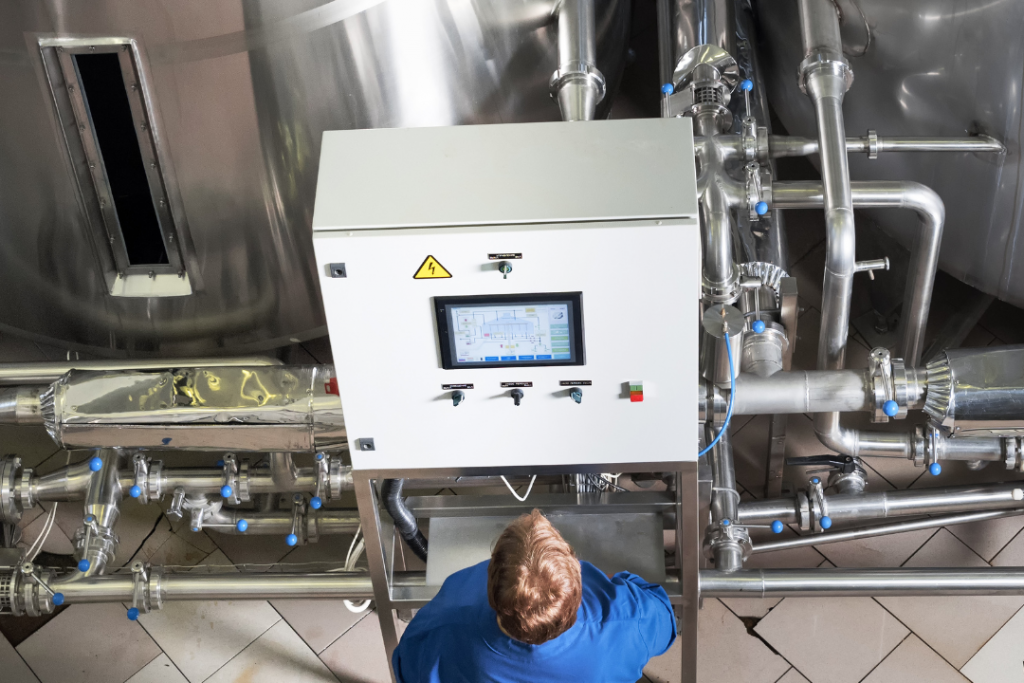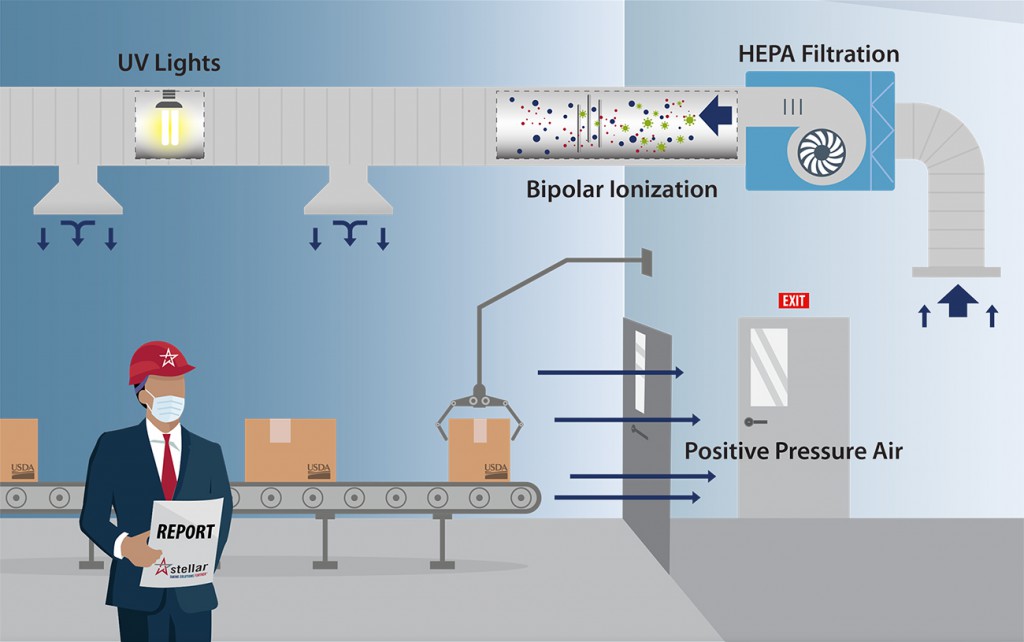Choosing the Right Oil-Cooling Method for Your Industrial Refrigeration Compressor
As any industrial engineer will tell you, screw compressors play a vital role in the food and beverage industry, where temperature control is critical to ensure product safety and quality.
They’ll also tell you that these compressors require a lot of oil to work properly. This oil serves several functions, including sealing the rotors, lubricating the bearings and cooling the discharge gas. Because of this, nearly all food processors and beverage manufacturers will be in the market for a refrigeration compressor rebuild or replacement at some point or another.
And while regular maintenance can help, designing a system with the proper oil-cooling technique can also extend a compressor’s lifespan by thousands of operating hours — but how do you determine what method makes the most sense for your system?
Continue Reading “Choosing the Right Oil-Cooling Method for Your Industrial Refrigeration Compressor”











